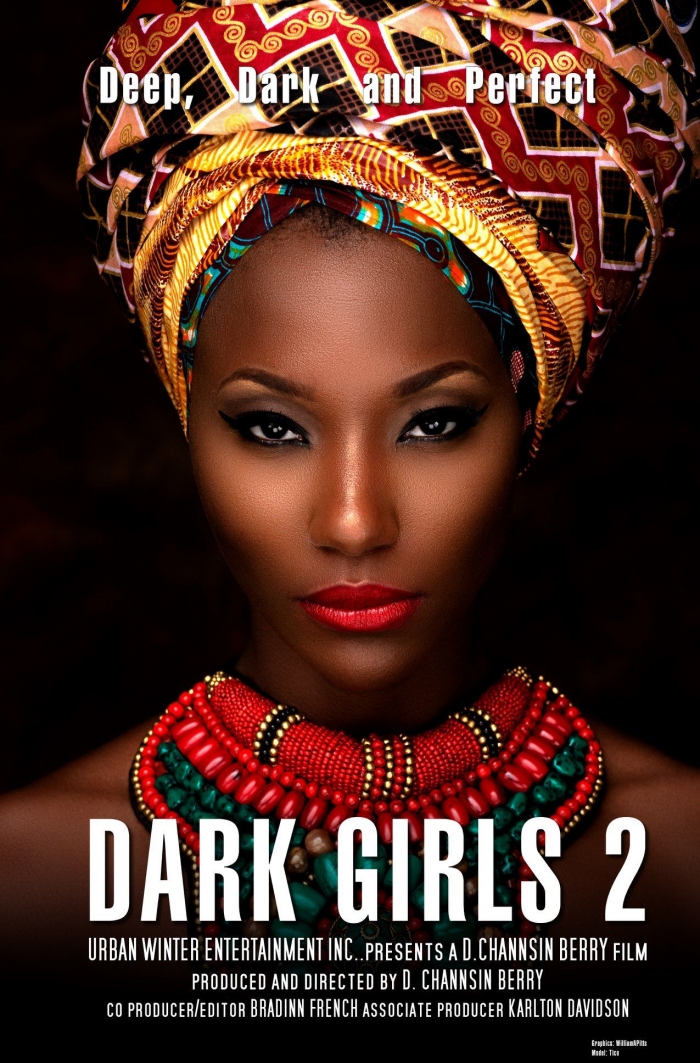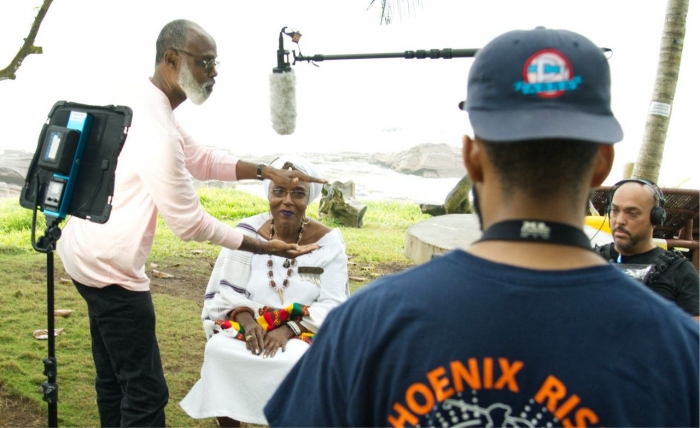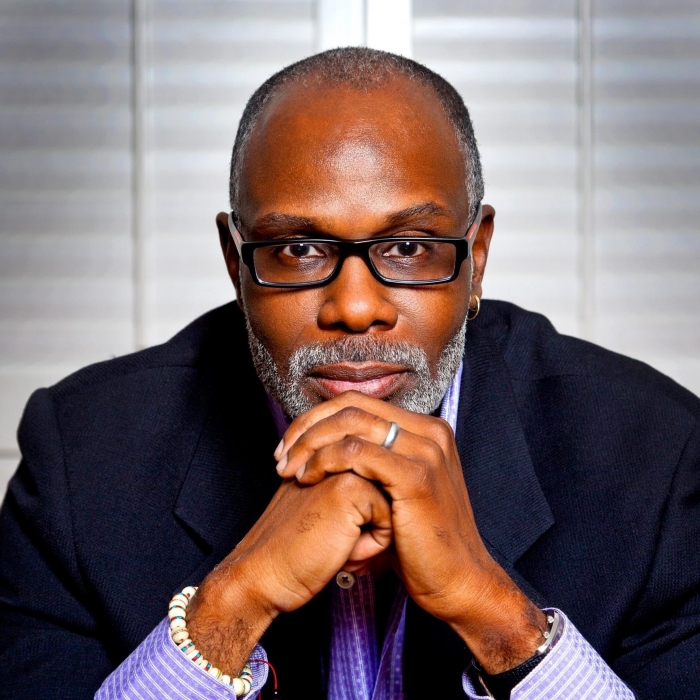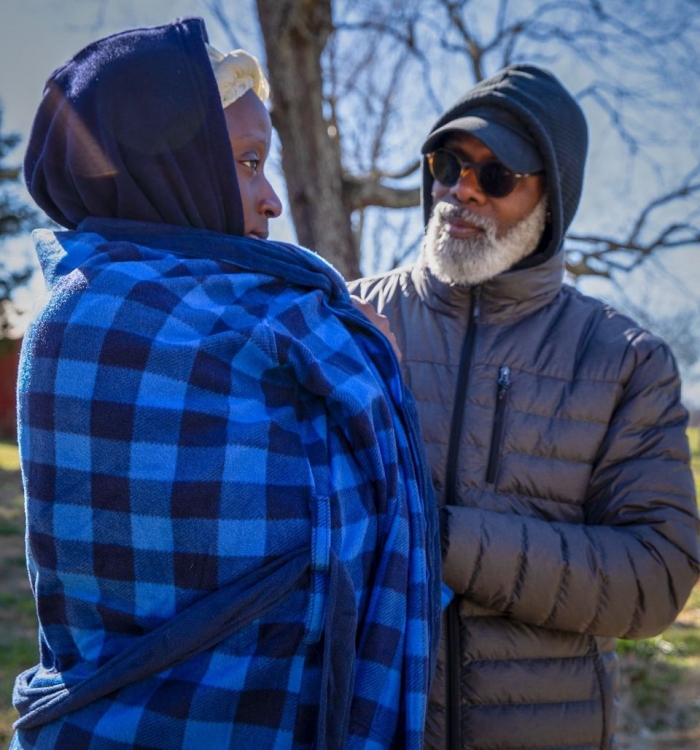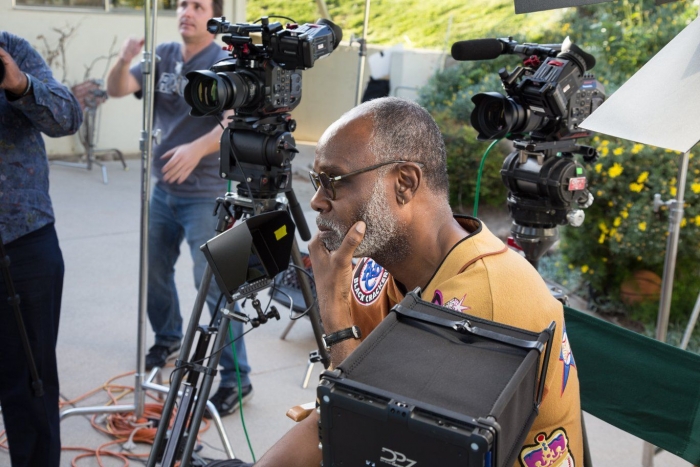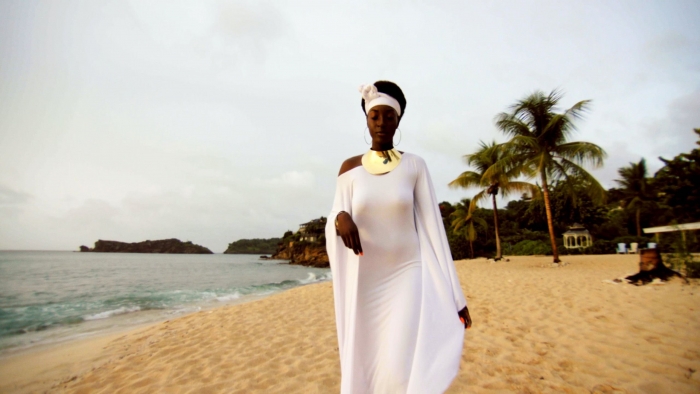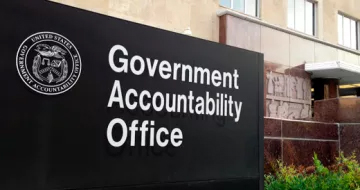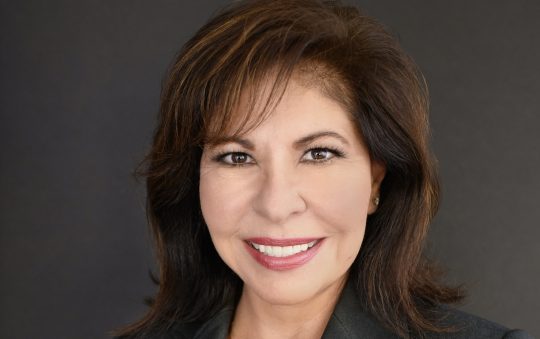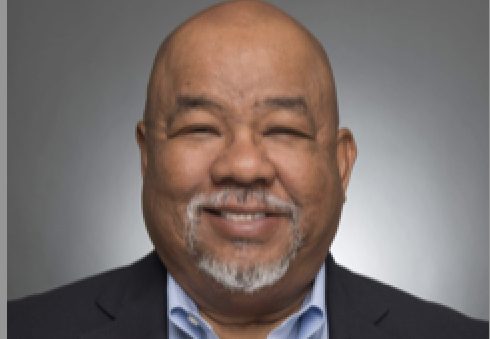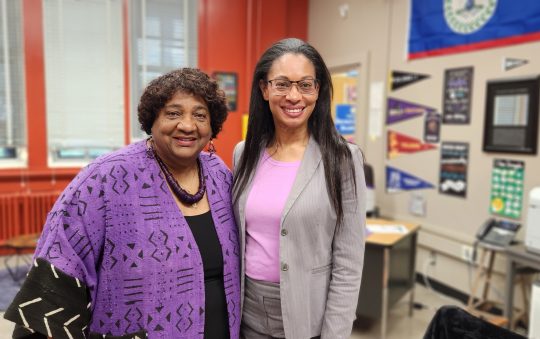OWN: Oprah Winfrey Network enthusiastically stands behind D. Channsin Berry and his newest documentary “Dark Girls 2” which is currently playing on the OWN network.
“Dark Girls 2” is the follow up to Berry’s first documentary “Dark Girls,” which explored the prejudices that darker-skinned women face around the world.
Diving in and taking a first-hand approach D. Channsin Berry directed, wrote and executive produced the second installment. In this deep dive into the lives of these darker-hued women, he discovered that they were still dealing with the trauma associated with the color of their skin.
According to the press notes, the goal of “Darks Girls 2” was to
to bring about the possible healing of women of color around the issue of colorism. To that end, Berry interviewed a myriad of everyday women, young adults, and teens who are dealing with the pain and anguish of the bias and discrimination they experience based on the color of their skin. Asking the question of why there is a color line and why does that same color line exist around the world?
There are many cultures that consider dark-skinned people as less than and supporting this discrimination the beauty industry earns billions in products that are made to lighten dark skin.
In all honesty, I wanted to like “Dark Girls 2” which was being described, in press materials, as a follow up to the well-received “Dark Girls.” But despite the noble intentions, this installment (for me) was a messy collection of talking heads and I am not trying to discount the pain experienced by the brave women interviewed. That’s not my intention but as a storyteller, there was a much better way to service this important issue. The problem is the structural weakness of this documentary.
In all of the press notes, the filmmakers made a promise that in “Dark Girls 2” they will focus on how women and girls can get to the place of healing but it never delivers this promise and this is deeply disappointing.
We understand that the experience has caused deep and festering wounds and it’s painfully obvious that colorism continues to plague our African-American community. Got it, but the build-up about a conversation about healing that matters, here, never materialized.
I don’t like offering criticism without offering suggestions so here is what I think would have helped make “Darks Girls 2” a better piece of storytelling. One, the filmmakers should have opened with the most important question — “how do we begin to heal?” and followed that sentiment in every (trimmed down) and carefully curated selection of women, 113, who were brave enough to share. There is a great saying in the industry when trying to create compelling content, and that saying is “less is more.” “Dark Girls 2” could have benefited for less of everything and in choosing less focus on the best of the stories all the while expertly steering the central question (how do we begin to heal) toward a climax it should have ended with a call-to-action (personal and as a community). If the goal is to begin to heal (as stated in the aforementioned press materials) then a tighter solution on how to do this would have helped shape “Dark Girls 2” into a stronger and better documentary.
Here is what D. Channsin Berry had to share about making “Dark Girls 2” which took years to bring to fruition.
LOS ANGELES SENTINEL: Why did you feel the need to make “Darks Girls 2”?
- CHANNSIN BERRY: The first Dark Girls presented an issue that people didn’t want to talk about— to people of color and to the rest of the world— that there was an issue with colorism around the world and here in the United States,
But in going through the filming process and talking to different women around the country, I found out that the missing piece from this was, ‘What does healing look like for these women? What could it look like for these women?’ For part two, I wanted to talk about healing.
LAS: So what did “Dark Girls” do?
DCB: “Dark Girls 1” opened up the conversation — thank God — and “Dark Girls 2” wants to continue the conversation in a way of leaning it toward healing.
LAS: How long did it take to put this together?
DCB: It took me three years and [we interviewed] 113 women.
LAS: Can you touch about the timeliness of the global conversation of racism and colorism around the world?
DCB: …. God leads my way, my every step. I’m 60+ years old now and I have seen somethings.
LAS: Right. Of course. Can you share more?
DCB: [what’s happening now] I’ve seen it four times. I’ve seen the [19]60’s, the riots in the ’60s. I’ve seen some riots that went down in ’64 and ’68. I was here for the protest of [the] Vietnam [war] and the killings that went on with that. The shootings that went on with that. I was here for Rodney King in Los Angeles and now I am here for this. So in divine orders and in divine steps with the right people involved the timing was everything.
LAS: What roles can African-American males do to help African-American women heal?
DCB: I think that we have to remove a few things from our hearts and our minds.
LAS: Such as?
DCB: What I mean by that is that we have to be able to listen to women. Period. We have to try to somewhat understand their travels.
LAS: Because ….?
DCB: We men always try to fix things. We’re fixers. But sometimes you can’t fix what’s going on with a woman. Sometimes you just have to sit and listen. That’s all you can do, shut up. Sometimes they don’t need to hear from you. Just listen.
“Dark Girls 2” now playing on OWN.
This interview has been edited for length and clarity.




